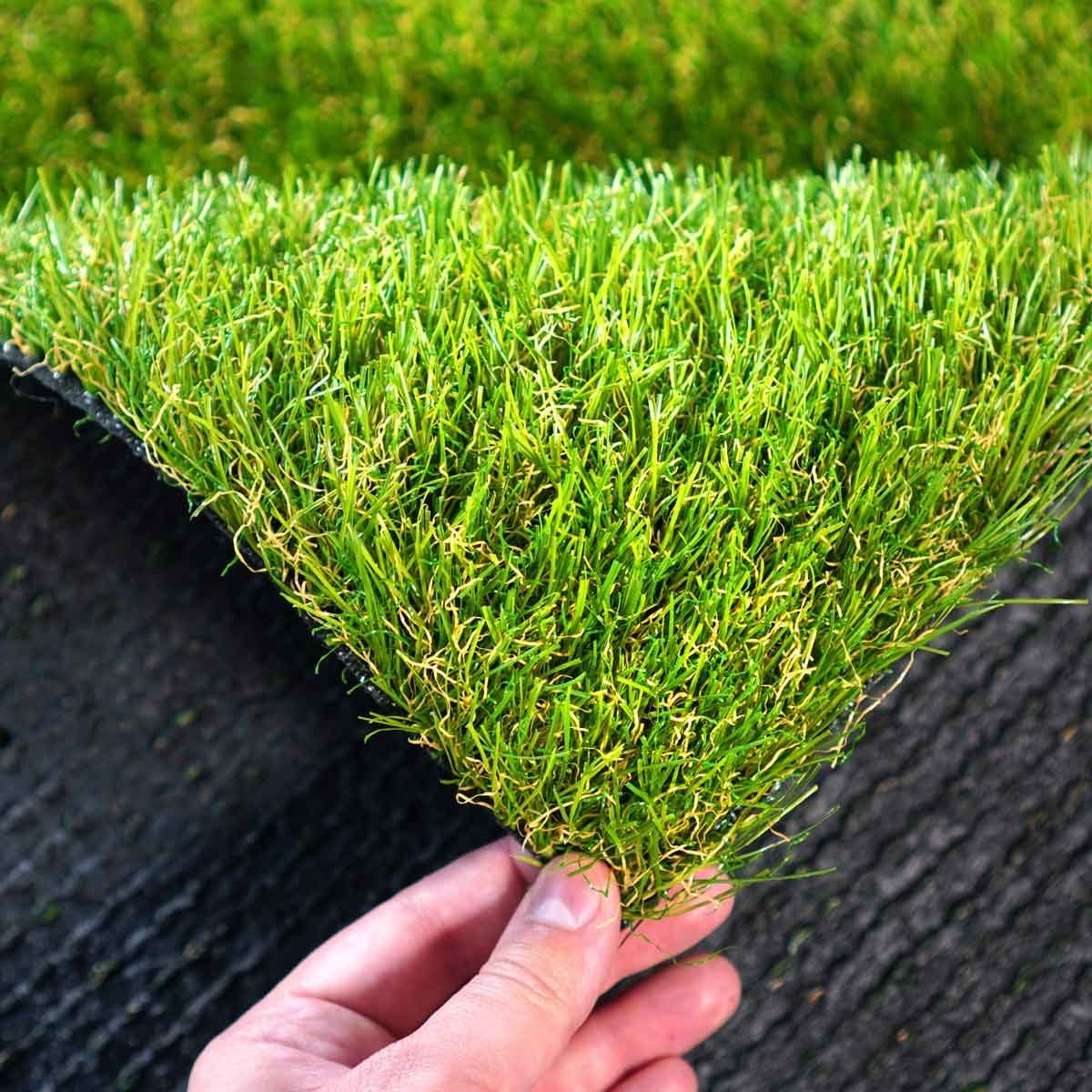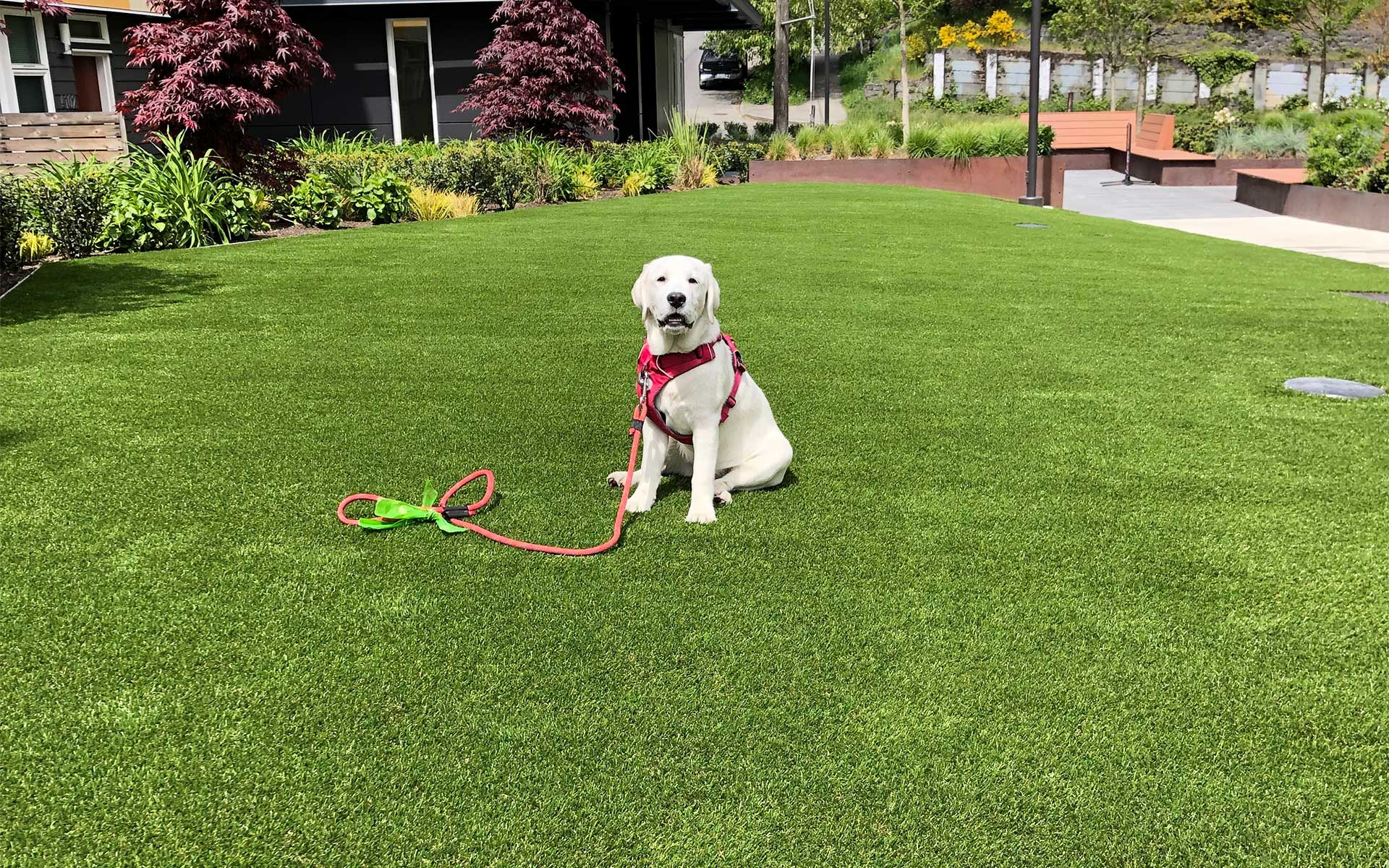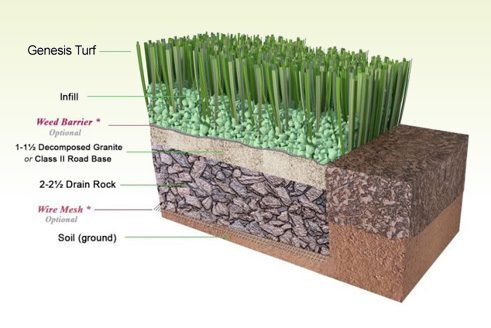Look Into the Environmental Advantages of Opting for Artificial Turf Solutions
The fostering of synthetic grass options offers a compelling chance to deal with pressing ecological challenges. By significantly reducing water usage and reducing the application of unsafe chemicals, these alternatives not only advertise lasting landscaping but additionally shield neighborhood ecosystems. Additionally, the lower carbon footprint related to reduced upkeep tasks adds to an extra lasting method to land management. However, the effects of these advantages expand beyond mere preservation initiatives, raising inquiries concerning their long-lasting influence on habitat conservation and overall ecological balance. Exploring these measurements exposes a complicated interplay worth taking into consideration.
Water Preservation Perks
One of the most significant benefits of artificial turf is its capacity to preserve water. In contrast, man-made grass does not need watering, significantly minimizing the overall demand for water resources.
By getting rid of the need for regular watering, artificial grass adds to sustainable landscape methods and helps mitigate the ecological effect of excessive water intake. The preservation of water extends to the reduction of drainage, which can lead to soil erosion and river pollution.
In addition, the installation of artificial grass permits home owners and districts to designate water resources much more efficiently, focusing on essential usages such as alcohol consumption water and agriculture. The change towards man-made grass not only advertises liable water use but additionally straightens with more comprehensive ecological objectives focused on maintaining natural deposits.
As communities progressively prioritize sustainability, the water conservation advantages of synthetic grass provide a compelling case for its fostering in domestic and business landscaping projects.
Lowered Chemical Use
The change to synthetic grass considerably lowers the reliance on chemical treatments commonly used in natural lawn upkeep. Standard turf monitoring generally includes the application of herbicides, fertilizers, and pesticides to advertise development and control pests. These chemicals can present threats to human health and wellness, regional wild animals, and the atmosphere, adding to dirt and water contamination.
In comparison, synthetic lawn gets rid of the need for these hazardous materials. By decreasing the launch of artificial compounds into the ecological community, synthetic grass advertises much healthier dirt and water systems.
Additionally, the absence of chemical overflow associated with fabricated turf installments aids shield neighborhood waterways from pollution, sustaining water life and maintaining biodiversity. Phoenix turf companies. As communities significantly focus on lasting methods, selecting synthetic grass provides a feasible service that straightens with ecological conservation objectives. Via this shift, homeowner can enjoy lavish green areas without jeopardizing eco-friendly health, leading the way for an extra lasting future
Reduced Carbon Impact

Moreover, the installment of synthetic grass can cause substantial water preservation. Natural lawns call for substantial amounts of water for watering, which not only includes in the carbon impact connected with water extraction and treatment however also stress local water resources. On the navigate to this website other hand, synthetic grass requires very little maintenance, calling for no watering, consequently significantly lowering water usage and its associated energy prices.
Furthermore, the durability of fabricated lawn adds to its reduced carbon influence. With a lifespan of approximately 15 years or even more, the demand for frequent substitutes is decreased, leading to less waste and reduced power consumption in production and dealing with conventional grass options. Generally, synthetic grass presents a lasting choice for eco aware landscaping.
Habitat Conservation
Environment preservation is a vital consideration in the argument over landscape design selections, particularly when comparing synthetic grass to natural lawn. Natural yard yards frequently call for comprehensive upkeep, including using plant foods, herbicides, and pesticides, which can negatively see this affect local ecological communities. These chemicals can seep into the dirt and waterways, harming native vegetation and fauna and interrupting neighborhood habitats.
Fabricated turf gets rid of the demand for harmful chemicals, consequently safeguarding neighboring wildlife and maintaining the integrity of surrounding communities. The installation of synthetic lawn can lead to the conversion of former lawn locations right into more biodiverse landscapes, such as pollinator gardens or native plant locations, which can support regional wildlife.
Ultimately, the change to synthetic grass not only saves water and lowers upkeep initiatives but also cultivates an extra unified partnership between human tasks and the native environment, advertising habitat conservation at the same time.
Long-Term Sustainability
Long-term sustainability is a crucial consider assessing the benefits of fabricated grass over typical turf yards. One of one of the most significant benefits of synthetic grass is its resilience; it can last as much as 15-20 years with very little upkeep, whereas all-natural turf calls for frequent reseeding and replacement. This longevity minimizes the need for continuous sources, such as water, fertilizers, and chemicals, which are essential for maintaining a healthy and balanced yard lawn.
Furthermore, synthetic turf adds to a reduction in carbon exhausts connected with yard treatment tools. Standard yards typically require gas-powered mowers, leaners, and blowers, every one of which add to air contamination. Turf installation phoenix az. In comparison, synthetic grass gets rid of the requirement for such tools, promoting a cleaner atmosphere
Additionally, the manufacturing of fabricated grass progressively utilizes recycled products, enhancing its sustainability profile. As makers adopt environment-friendly techniques, the environmental impact of synthetic grass continues to reduce.

Verdict
The fostering of synthetic grass remedies presents significant ecological advantages, consisting of substantial water preservation, lowered reliance on harmful chemicals, and a reduced carbon impact. Man-made lawn help in protecting all-natural habitats by minimizing land disruption and promoting long-term sustainability through the use of durable materials. Collectively, these aspects highlight the potential of synthetic grass to add positively to environmental health and wellness and offer a sensible alternative to typical landscape design techniques in a progressively resource-conscious globe.
In contrast, fabricated lawn does not require watering, significantly lowering the general demand for water sources. By reducing the launch of artificial substances into the community, fabricated lawn promotes healthier dirt and water systems.
Furthermore, the installment of artificial lawn can result in substantial water conservation. In comparison, fabricated grass needs very little upkeep, requiring no watering, thereby substantially decreasing water usage and its connected power expenses.

Comments on “Tailored Turf Installation Phoenix AZ for Residences, Companies, and Recreational Spaces”